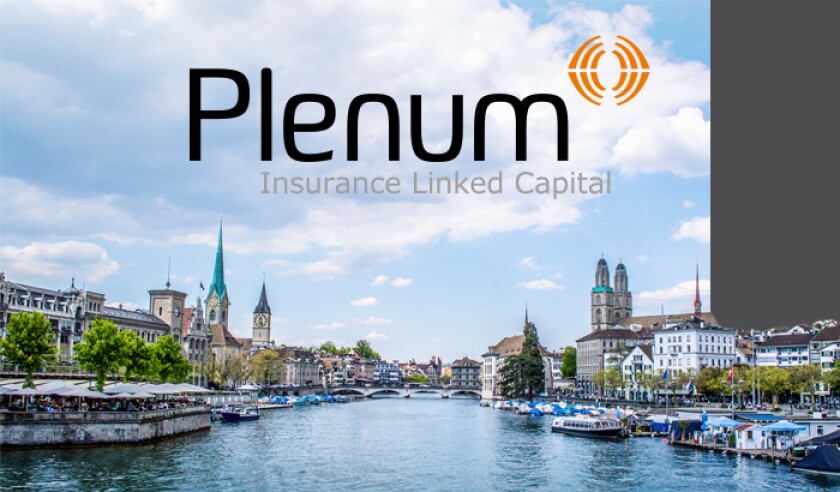The firm had debates with staff and its auditors over how the Article 8 and 9 – so-called light green and dark green – classifications should apply to its ILS funds, as the new Sustainable Finance Disclosure Regulation (SFDR) framework is more designed for equity investing, which can make it difficult to interpret against insurance underwriting.
"In the sense of what the regulator wants to achieve, from our perspective cat bonds should be treated as dark green," Plenum portfolio manager Dirk Schmelzer said. "The idea is that insurance is making our society more resilient."
In contrast, its insurance debt funds have been ranked as Article 8 funds, given the broader range of underwriting and investment risks they are exposed to.
There was a higher disclosure burden on Article 9 funds, but Schmelzer said that as the firm's sustainability targets were connected to taking climate risk, the disclosures were largely easy to fulfil as the assessment was linked to the risk underwriting and modelling it is already doing.
Plenum's cat bond fund already had a sustainability target, as it has signed up and received the FNG-Siegel star from German industry association FNG recognising sustainable investments.
But even index-style cat bond funds had a good case to be classified as dark green Article 9 funds, Schmelzer said. Where it might get more complicated is when ILS funds are taking more specialty risks, as for example energy business would involve insuring oil producers.
"But as long as the majority is hurricane risk, there is a good chance you fit into [the sustainable label]."
Plenum would not shy away from debate on its stance if investors took a different view as the regulations are embedded and developed.
"It might be that the [ILS] industry converges to Article 8 [in the long term]…but at the moment, the Liechtenstein authorities follow our way of thinking."
It is too early to know how investors are responding to the different classifications, but Schmelzer said that it was already apparent that investors saw it as important that the funds were either an Article 8 or 9 strategy – and one that the firm had to strive for if it was to retain the FNG sustainability kitemark.
Under the three-tier system, the next "grey" category is simply for funds without any sustainability target.
As experts have previously said, translating the SFDR framework to ILS requires significant levels of judgment.
Of the other European-based funds that have disclosed how they are classifying their ILS funds, London-based Leadenhall Capital Partners and Zurich-based Twelve Capital recently announced their European open-ended ILS funds would be treated as Article 8 funds under SFDR rules.
It is understood Zurich-based Solidum Partners is working to have one of its funds approved as an Article 9 strategy.


